By the term “massing” we mean the general shape or shapes of a building. It is analogous to the composition of a painting, its broadest strokes, but in three dimensions. And like a painting’s fundamental composition, if a building’s massing is not right, no amount of excellence in the details will compensate.
Look at the tiny Temple of Fortuna Virilis, for example. Take away all the detail of the columns and the entablature, and you are left with a rectangular cuboid.
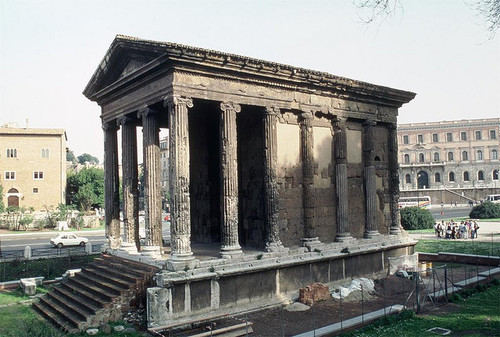
Temple of Fortuna Virilis, Rome, 40 B.C.
[Image source]
Note the relative proportions of width to height to length. They are approximately 1 to 1.5 to 2 (depending on where exactly you strike your baselines). The overall proportions of that basic mass are pleasing. It doesn’t seem too tall or too short or too long. Imagine it shorter–it would look inelegant and squat. Now imagine it taller–it would look rather gangly.
Now let’s look at a building whose massing is a little more involved. Here is the celebrated Santa Maria della Consolazione in Todi.
While the massing is more complex than that of the Temple of Fortuna Virilis, it remains intelligible. Breaking it down to its simple components, you have a central cube supporting a drum which supports a dome on top. And on each side of the cube, you have a half-drum supporting a half-dome. The proportions of all of these pieces relative to one another are perfect, and none could be changed significantly but for the worse.
Note also that the overall volume is very roughly pyramidal. It gives one the sense of stability, that it could not easily topple over. It also gives one a feeling of aspiration, as though the building were struggling, without a loss of serenity, to hold the Cross up as high as it could.
For massing is more than a clinical description of volumes, and even more than the building’s composition. In some mysterious way it is really a description of a building’s posture, and through its posture, its emotional attitude. How this happens, that massing can convey emotion, was perhaps best explained by Sir Geoffrey Scott in his essential book The Architecture of Humanism. Imagining a “top-heavy” building, one not so balanced as Santa Maria della Consolazione, he writes:
[The appearance of instability] has done what the mere idea [of instability] could not: it has stirred our physical memory. It has awakened in us, not indeed an actual state of instability or of being overloaded, but that condition of spirit which in the past has belonged to our actual experience of weakness, of thwarted effort, or incipient collapse. We have looked at the building and identified ourselves with its apparent state. We have transcribed ourselves in terms of architecture.
In other words, we feel a building’s massing in our bodies, we identify with it physically. So when we look at Santa Maria della Salute in Venice (below), we get a sense of muscular, vigorous movement, an irrepressible bursting with joy. The drum under the dome does not simply rest tranquilly on the volume below as at Santa Maria della Consolazione. Here tightly wound volutes are necessary to contain it, as if it would explode from the pressure inside. From the central octagonal volume, pedimented cubes jut out with sharper edges, and therefore greater force, than at Todi. This is the image of a pulsating, fleshy cosmos created by the muscular God of the Sistine Chapel ceiling.
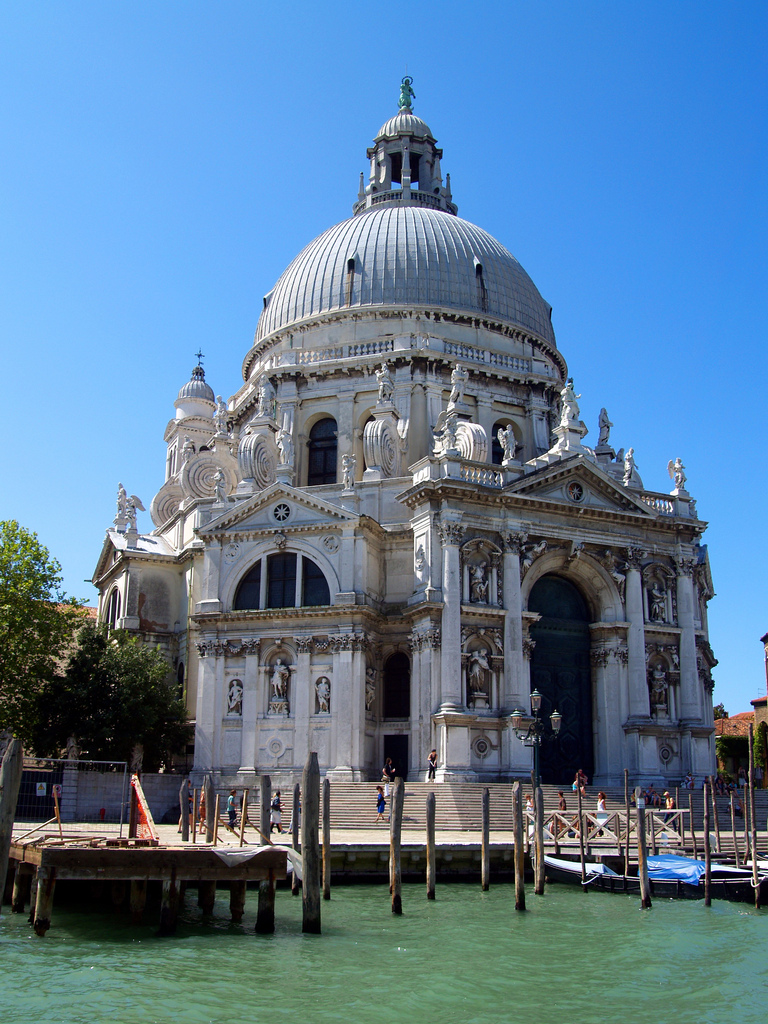
Santa Maria della Salute, Venice by Baldassare Longhena, 1631
[Image source]
Evelyn Waugh described our physical identification with architecture very poetically in his masterpiece Brideshead Revisited. Charles Ryder falls in love with the house Castle Howard, pre-figuring a later conversion of another sort:
This was my conversion to the Baroque. Here under that high and insolent dome, under those coffered ceilings; here, as I passed through those arches and broken pediments to the pillared shade beyond and sat, hour by hour, before the fountain, probing its shadows, tracing its lingering echoes, rejoicing in all its clustered feats of daring and invention, I felt a whole new system of nerves alive within me, as though the water that spurted and bubbled among its stone, was indeed a life-giving spring.
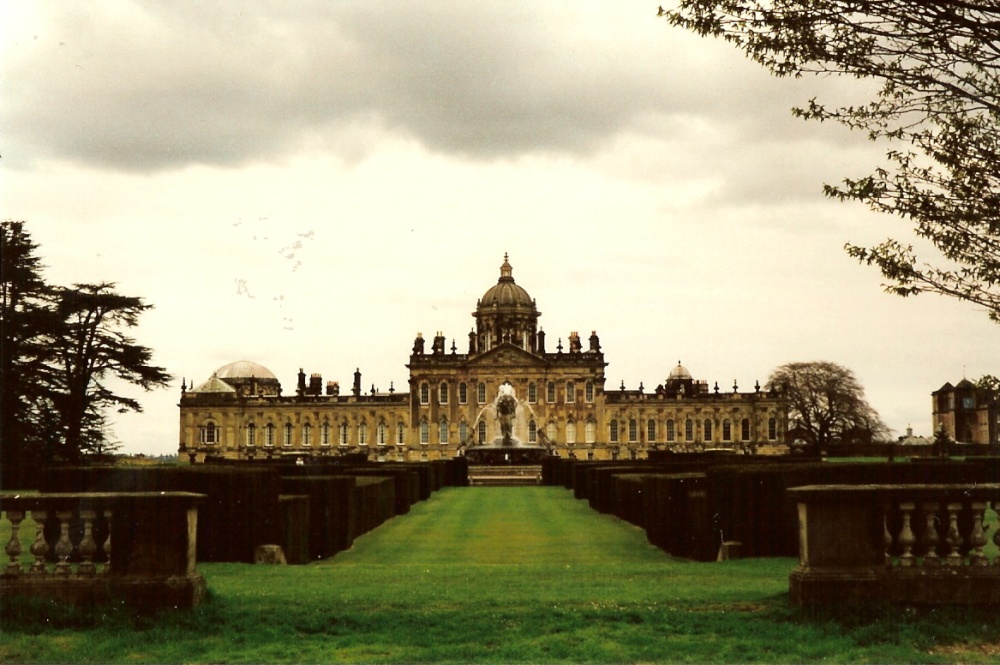
Noble repose at Castle Howard by Sir John Vanbrugh, 1699
[Image source]
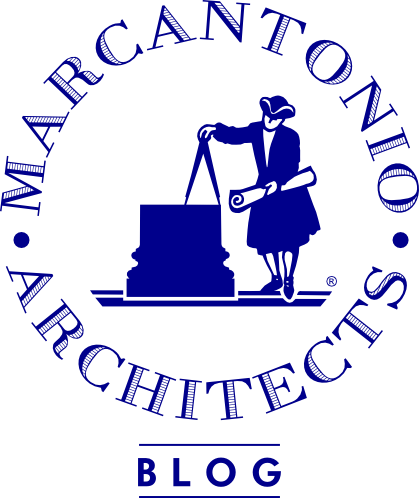
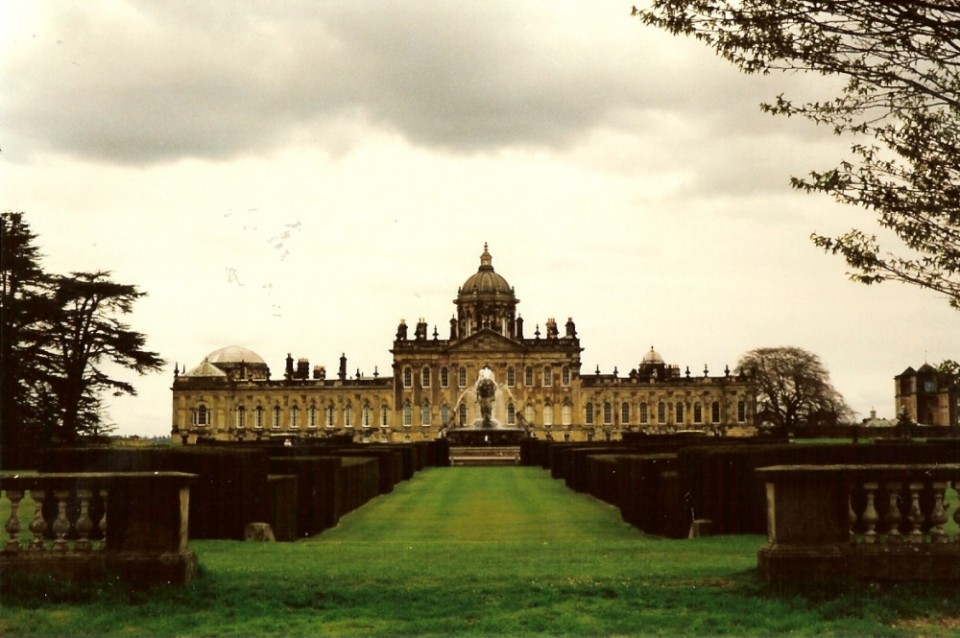

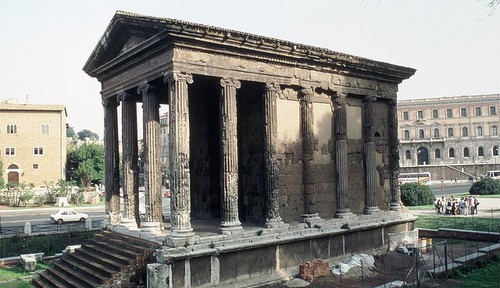
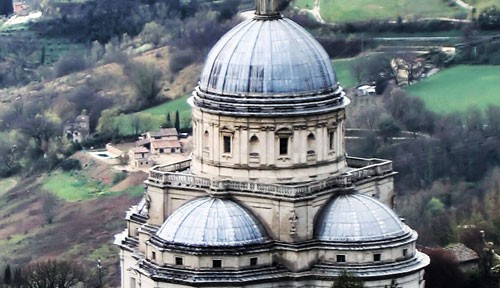
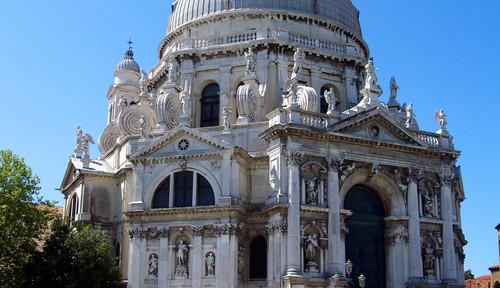
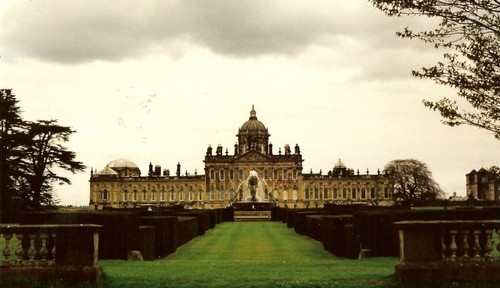
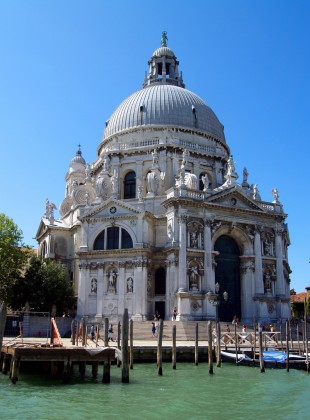
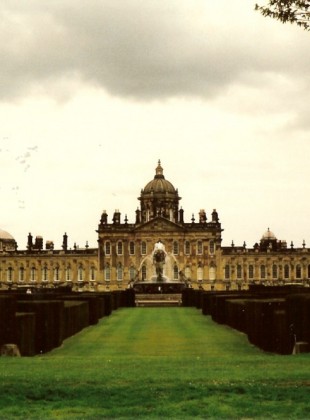
…. excellent, outstanding….
Very interesting concept to consider, Thank you.